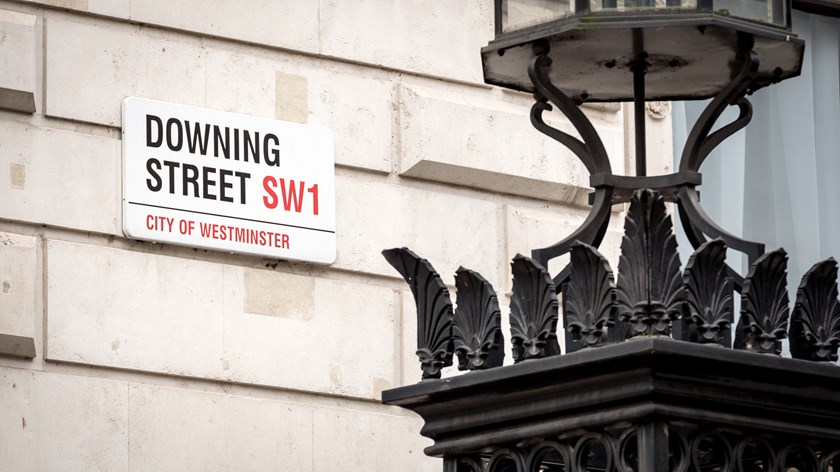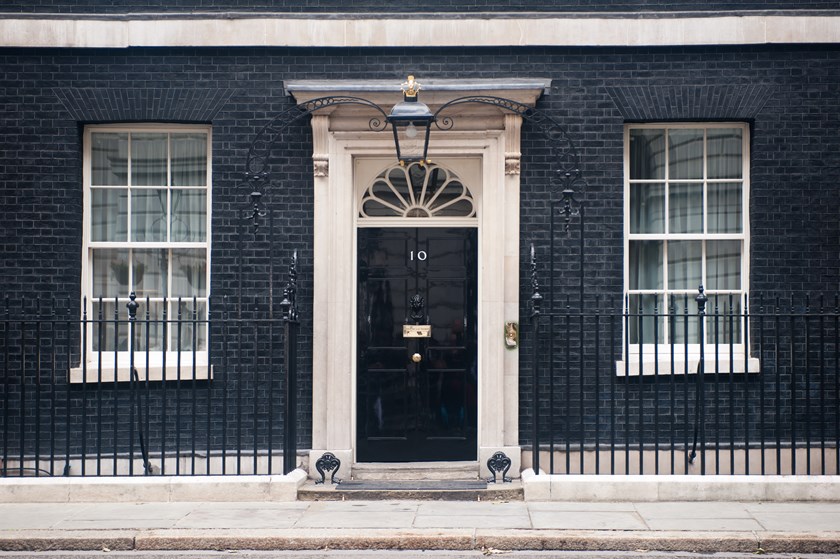VAT and Property: common VAT issues and latest developments
Insight

The final article in this series highlights three specific and developing areas where VAT issues may arise in commercial property transactions.
Lease variations and barters
Landlords and tenants sometimes agree to remove or vary clauses in their leases, for example by removing a break clause, often in response to economic pressures. HMRC’s position on the VAT treatment of such deals was previously ambiguous and so there was some doubt as to whether VAT could be payable as a result of these non-cash “barter” arrangements.
The risk is that each party’s agreement to vary one part of the lease in the other’s favour might constitute a supply for VAT purposes, the value of which is the reciprocal agreement by the other party. In certain circumstances, it was thought VAT might be charged on that non-cash value.
HMRC has now issued clearer guidance on the position. As a general rule, it is accepted that provided the parties agree to do nothing more in return for the variation than continue to adhere to the terms of the lease, there will be no supply for VAT purposes and therefore no charge to VAT. This means that issues should only arise where a party agrees to do something beyond the existing terms of the lease, such as making an additional payment, agreeing to carry out works, or providing additional services.
Similar rules apply to other non-cash “barter” transactions, where VAT charges do often arise. Parties should therefore seek specialist advice on this issue on “barter” transactions such as lease variations, sales and leasebacks, surrenders and regrants and development projects.
Property development and “golden brick”
Property development projects have the potential to trigger significant VAT consequences if not properly managed. Residential developments can be particularly complex, given the different VAT rates that can apply at different stages of development and the often tight commercial parameters.
A typical first step in many residential development projects involves the existing landowner selling their land to a developer. This allows the landowner to “cash in” early and to minimise their risk in relation to complicated construction arrangements. Landowners will often have opted their land to tax in this sort of scenario (see our earlier article for more on why). An initial sale to a developer in that context would therefore be standard rated for VAT.
Developers will then need to recover that VAT (as well as VAT on their construction costs) to ensure the project’s financial viability. This requires them to make a taxable supply of the property for VAT purposes (see our earlier article on VAT recovery for further information). On the face of things, this presents a stumbling block, because transactions in residential properties are normally exempt from VAT. However, the first sale of a new residential property can be zero rated (VAT charged at 0 per cent) if certain conditions are met. This means that, although such a sale would be a taxable supply to facilitate the developer’s VAT recovery, the VAT charged to buyers would be at 0 per cent and would therefore be no extra cost.
In a simple case, where a developer buys in land and builds out new housing themselves for sale to home buyers, the VAT incurred by the developer on acquiring the land and carrying out the development should therefore be fully recoverable. However, developers sometimes agree to sell plots early, particularly where housing providers are involved. This can help the developer’s cashflow and allows housing providers to customise the new units to their own specifications. These sorts of early sales are often structured to take place at, or after, “Golden Brick” stage.
Very broadly, “Golden Brick” refers to the stage of construction that is achieved once the first layer of bricks has been laid on top of a new building’s foundations. A “Golden Brick” sale can be zero-rated in the same way as the sale of a newly completed residential property, with the same financial benefits to the parties.
Maximising VAT recovery and minimising costs in this way requires precision planning and careful management. It is important for all the parties to be aligned on the intended treatment and aware of their respective VAT positions, which the legal documentation should closely follow.
Timing issues
If the parties have ascertained that a particular transaction will attract VAT, the supplier (usually the property owner) must then work out when that VAT must be charged and accounted for to HMRC. This can be a sensitive point if, for example, the VAT treatment of a transaction hinges on the situation at a specific point in time (one obvious example being a TOGC – see our previous article here).
As a general premise, the time at which a transaction takes place for VAT (often referred to as the “tax point”) arises at the earlier of the time a VAT invoice is issued and payment is made. If that were true in all cases though, it could trigger difficulties, such as where a buyer pays a deposit before the completion of a property transaction. It is therefore important to manage the “tax point” of a transaction so that it does not disrupt the intended VAT treatment.
In the case of a deposit, one way to achieve this is to manage the terms on which it is held. For example, a deposit held by the seller’s solicitor as an agent will trigger a tax point for VAT, whereas a deposit held as stakeholder will not.
Timing difficulties can also arise when payments are made in instalments, particularly if the VAT status of the property changes through the course of those instalments (for instance, if the property is being developed). The timing of any VAT charge in this scenario will turn on the terms of the payment provisions in the contract. Broadly, if the payments are fixed then VAT will be payable on the total value up front. Whereas if payments are variable, VAT is normally payable at the same time as and in proportion to each payment. There are, however, some specific rules which can vary this in a property development context.
Conclusion
The VAT treatment of commercial property transactions can be complex. An early understanding of the VAT position and alignment between the parties is crucial to a transaction’s success. While it is impossible to cover every potential issue in these few articles, we hope this series serves as a helpful introduction to some of the key VAT issues which can arise in commercial property transactions and highlights when professional advice should be sought.
This article is part of our introduction to VAT and Property series.
- Article 1 “VAT and Property: planning for VAT in UK commercial property transactions” click here to read.
- Article 2 “VAT and Property: what is an option to tax and why does it matter?” click here to read.
- Article 3 “VAT and Property: what are the rules for transfer of going concern (TOGC) treatment” click here to read.
If you require further information about anything covered in this insight, please contact James Bromley or your usual contact at the firm on +44 (0)20 3375 7000.
This publication is a general summary of the law. It should not replace legal advice tailored to your specific circumstances.
© Farrer & Co LLP, August 2022







